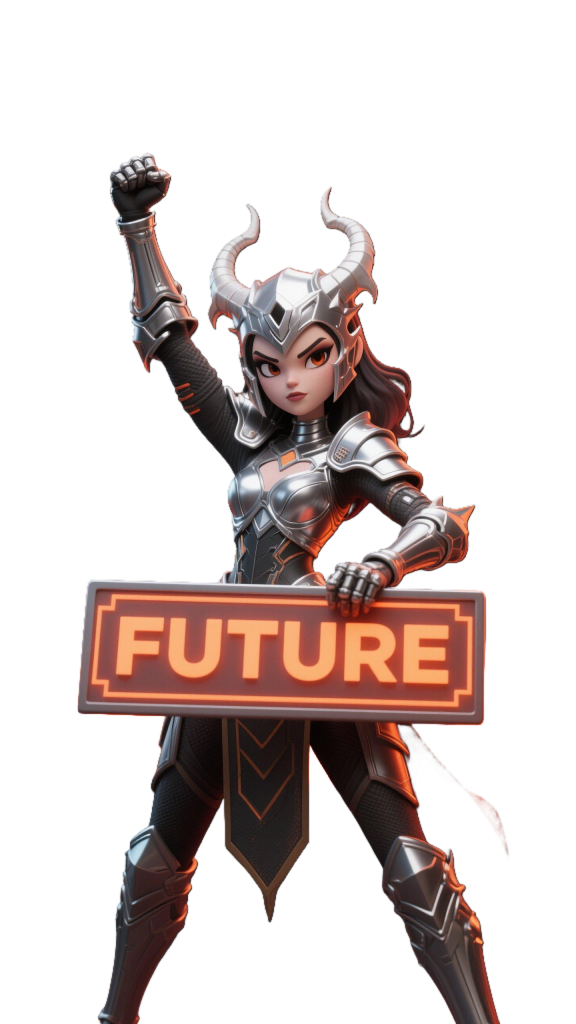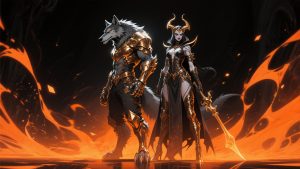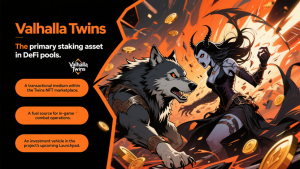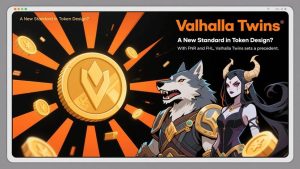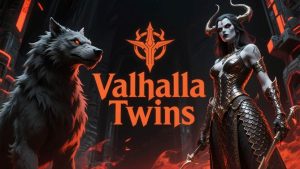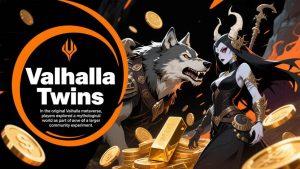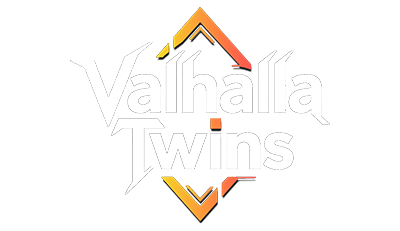In a decentralized world increasingly driven by tokenomics, the Valhalla Twins project has taken an ambitious leap by launching a dual-token system that merges mythology with utility. Unlike many projects that overextend a single token’s use case, Valhalla Twins elegantly splits its ecosystem into two distinct but interdependent pillars: FNR (FENRIR) and FHL (FHEL).
These tokens are not merely currencies—they are narrative-infused assets, each carrying a unique function within the broader economy, game, and governance systems of the Valhalla Twins ecosystem. This design goes beyond tradition to build a financial system that is symbolic, sustainable, and deeply interactive.

FNR: The Engine of Action and Growth
FNR, short for FENRIR, takes its name from the mythical wolf of destruction. In the Valhalla Twins ecosystem, FNR represents momentum, energy, and yield. It is the dynamic token—the one users earn through staking, battle rewards, liquidity mining, and ecosystem campaigns.
But FNR is more than just a rewards token. It is also used as:
- The primary staking asset in DeFi pools.
- A transactional medium within the Twins NFT marketplace.
- A fuel source for in-game combat operations.
- An investment vehicle in the project’s upcoming Launchpad module.
Importantly, FNR is designed to be high-velocity, enabling users to actively participate in the financial side of the ecosystem while enjoying powerful growth potential. Its tokenomics encourage staking over selling, thanks to auto-compounding pools, time-lock bonuses, and burn-based redistribution mechanisms.
FHL: The Guardian of Structure and Stability
If FNR is about chaos and growth, then FHL—short for FHEL—is its necessary counterbalance. Named after the Norse goddess of death and the underworld, FHL embodies structure, redemption, and governance. It is the stabilizer in the system, ensuring that the ecosystem doesn’t fall prey to inflation or ungoverned speculation.
FHL’s primary roles include:
- Governance Voting: All DAO proposals and treasury actions are conducted using FHL.
- Withdrawal & Redemption Fees: Certain staking and yield mechanisms require FHL to unlock or exit.
- NFT Upgrades and Crafting: Enhancing your Twins NFTs requires burning FHL, creating consistent demand.
- Battle Revival Token: In advanced gameplay modules, defeated NFT characters can be revived using FHL.
One of the most innovative aspects of FHL is its deflationary architecture. Through transaction burns, redemption fees, and crafting sinks, FHL is designed to reduce supply over time, increasing scarcity and long-term value for holders.
Symbiosis: The Twin Mechanism
What makes Valhalla Twins truly unique is the interdependence of FNR and FHL. They are not rivals—they are partners in balance. To maximize one, you often need the other.
For example:
- Players earn FNR through gameplay and farming, but need FHL to unlock higher-level game mechanics or cash out rewards.
- Holding FNR provides exposure to growth, while FHL offers control over how that growth is managed through voting and DAO governance.
- Staking FNR may grant FHL dividends, while using FHL in the NFT ecosystem increases FNR utility.
This circular relationship mitigates typical DeFi issues like uncontrolled inflation, and it introduces a strategic dimension to investment. Are you a high-risk warrior who thrives on FNR gains? Or a system architect, focused on the longevity and governance enabled by FHL?
The design also encourages ecosystem stickiness. Rather than simply buying and selling tokens, users are drawn into ongoing engagement, whether it’s via gameplay, staking, governance, or NFT trading.

A New Standard in Token Design?
With FNR and FHL, Valhalla Twins sets a precedent. It proves that a dual-token economy can be more than just a gimmick—it can be a smart, layered economic engine that drives both financial performance and community immersion.
In a space where tokenomics often feel like an afterthought, Valhalla Twins makes them the heart of the story. And in doing so, FNR and FHL are not just tokens.
They are twins born of myth, designed for the future of decentralized civilization.

